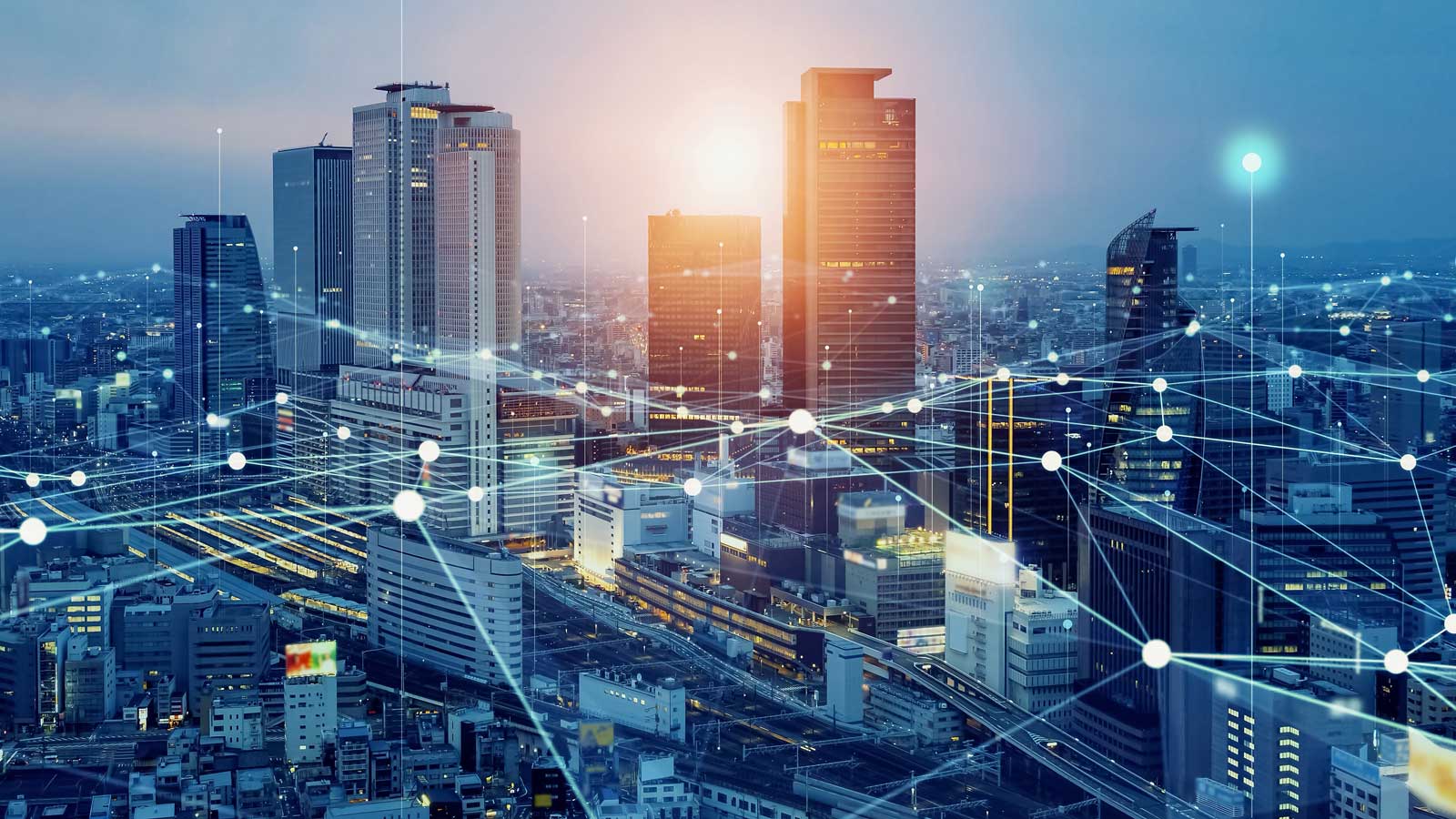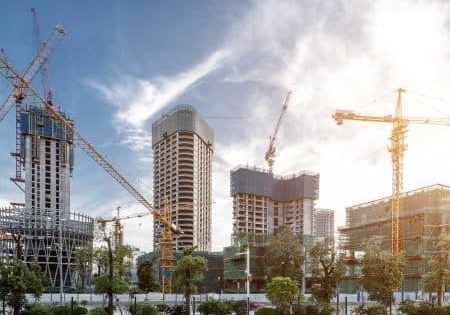Digitalization and Sustainability
Sep 16, 2024

by Adem Mert
Hello,
The importance of using technology in lift systems, as in many areas of our lives, is increasingly becoming more of an issue. Considering the advantages and conveniences provided by the use of technology in lift systems, it is clear that technological investments in this field need to be increased. Firstly, it is important to manage technological investments and debts in elevator production facilities and to continue these investments until the lifts are put into operation.
With the manufacturing and management of smart lift systems, data collection and analysis of such data have become more effective. Operation and malfunction of lifts can be monitored through these systems. Eliminating malfunctions via remote access not only saves time and money spent on malfunctions, but also reduces the frequency of the malfunctions of lifts and enables them to provide more efficient service. In addition to standard monthly maintenance, such systems ensure optimizing maintenance times by taking into account the performance of lifts, daily traffic density and malfunctions, thanks to data analysis. For example, the traffic density of a lift in an apartment building and a hospital lift may differ, but standard monthly maintenance is performed for both types. With the collection of operation data, working hours of lifts can be calculated, and their periodical maintenance dates can be arranged more efficiently. Maintenance can be planned for periods when lift traffic is low.
Sustainability has gained importance together with digitalization in the lift industry. Digital lift systems can decrease environmental impacts by minimizing energy use and can shorten the process of complying with green building systems. By using regenerative operation systems, this increases usable energy by converting the energy created by the movement of the lift into electrical energy. Leveraging innovative design and production methods may ensure the development of more resistant lifts with lesser material use. Furthermore, promoting the use of recyclable materials contributes to environmental sustainability. The use of materials that are not produced in our country can lead to financial loss and have negative effects on domestic producers. Provision of lift system components and materials from domestic suppliers, as much as possible, reduces the current account deficit risks and contributes to the economy. It can also optimize lead times and make logistic costs more affordable.
As a result, digitalization and sustainability issues in lift systems offer important opportunities. Improvements in energy saving, material use and recycling will support economic sustainability and ensure the green lift system concept is held more widely. Compliance of lift systems with sustainable standards can be certified with national and international green building certifications. This certification shows that the project meets the sustainability goals. In this regard, we can make contributions by using the ever-evolving technology in the construction of greener and smarter cities.
Get more of Elevator World. Sign up for our free e-newsletter.









